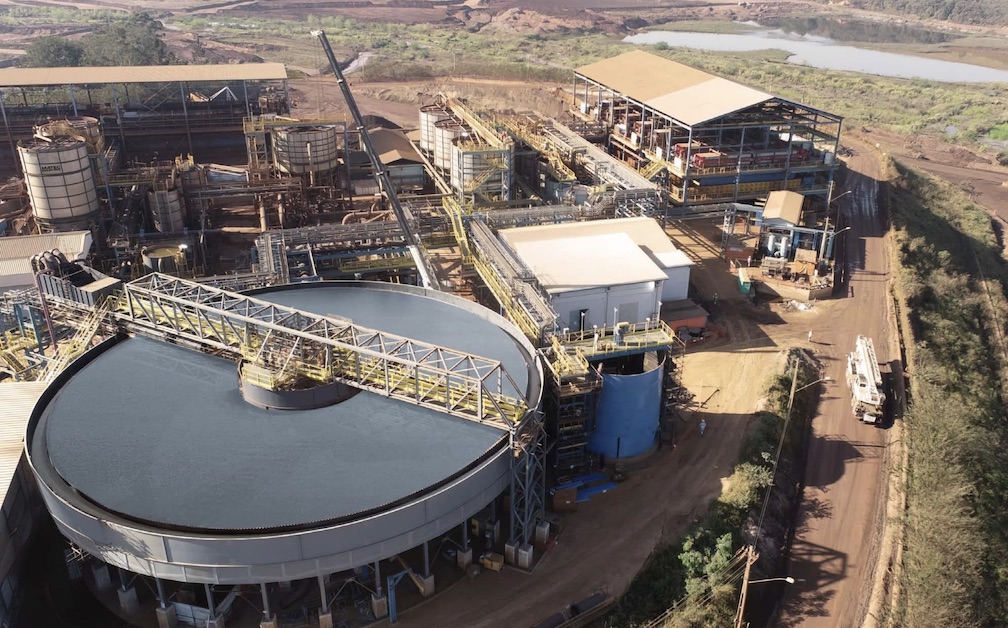How Technology Is Helping Solve The Waste Water Problem
- Written by The Bulletin

Official figures suggest Australia spends six billion US dollars a year on water and waste water cleaning services. It’s an expensive but vital service. After all, water is often in short supply and long hot summers make the issue worse.
It’s not just wastewater produced by homes; several large-scale industries, such as mining and the production of concrete, use massive amounts of water. Businesses in these industries need the most effective waste water treatment.
Why Waste Water Treatment Is So Important
The surface of the planet is roughly 71% water. Unfortunately, 96.5% of this is held in the sea and roughly 1% of the available water is considered fresh, making it usable for humans.
Of course, this water is constantly moving. The planet uses the water cycle to clean the water, ensuring there is always fresh water.
However, over the last century, the world has experienced massive population growth and increasingly volatile weather patterns. In short, fresh water is scarce and every drop matters. That, and preventing the pollution of the planet is why waste water treatment is so important. It literally helps to keep people alive.
How Technology Is Helping
The biggest step forward in technology and the waste water problem is in the type of machinery used. This is particularly relevant in industrial applications.
Modern filtration systems don’t just have a storage container, they have specialized monitors and control systems which use technology to assess the consistency of the slurry and maintain it at the optimal level. This can be via inbuilt rake or paste thickeners, or even by using a vertical thickener. This allows the filter press part of the process to be more efficient and effective at extracting water, generating clean water and capturing the solids.
Of course, the latest machines also use automated technology. The press will sense when the holding container has enough slurry in it to start the filtration process. They are capable of starting and stopping automatically. This reduces staffing levels and makes the operation safer, as well as improves the quality of the waste water.
Modern technological breakthroughs are also helping. For example, ion exchange or polishing filtration is used when trying to pull toxic heavy metals from water. This makes the water safer and allows the reuse of extracted minerals and metals.
The real beauty of modern technology is that many of the processes can be monitored remotely. It’s possible to access reports summarizing the water extraction process and even control it wirelessly.
Summing Up
In the modern world, there is no such thing as waste water, merely water that has not yet been treated. The advancements in design and efficiency of filtration processes mean that more clean water is extracted from any slurry mix than ever before.
Technology is making the process of dealing with waste water more efficient, safer, and it is less labor-intensive. By extracting more water technology is helping the world deal with one of the most pressing modern issues, water scarcity.













